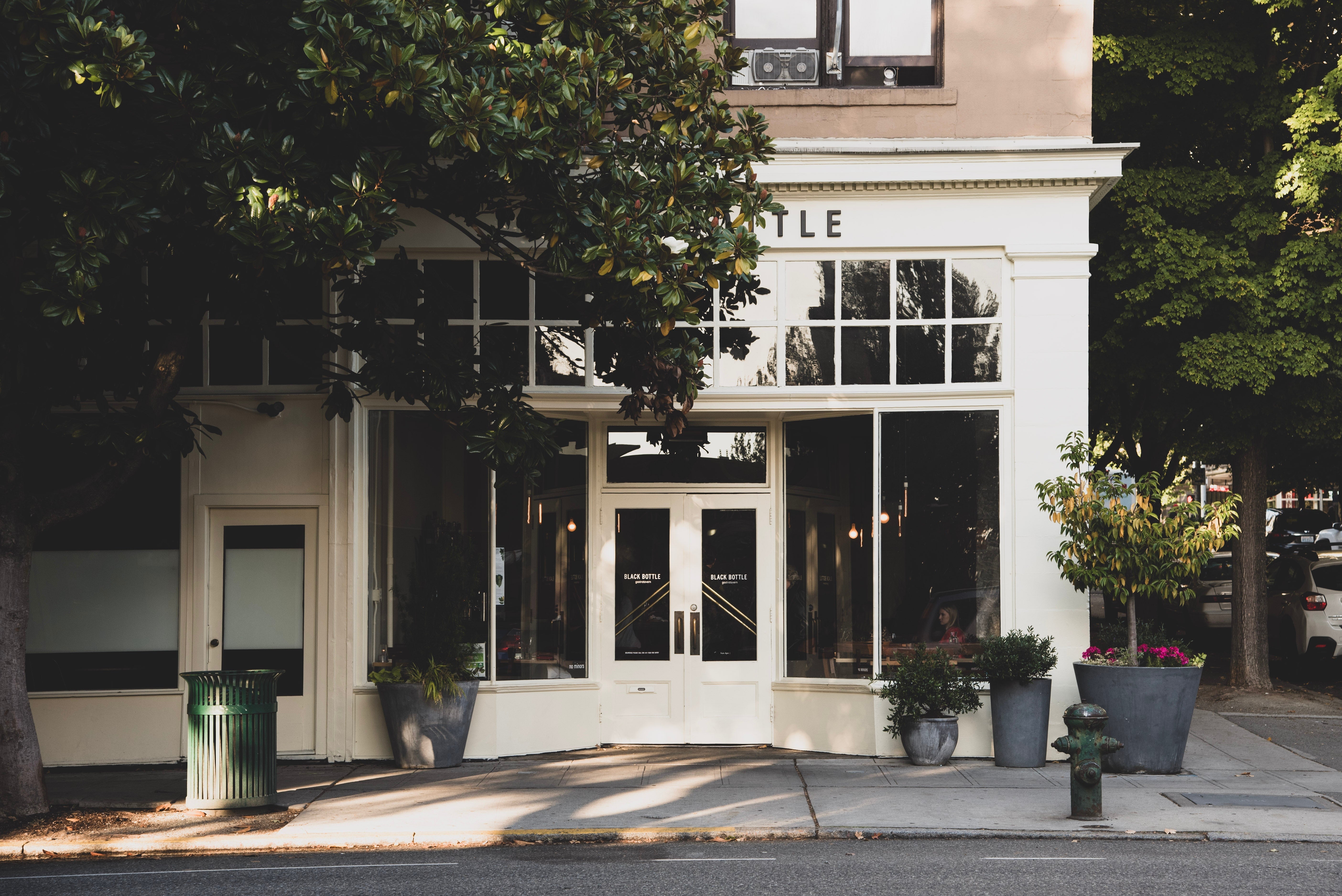Minimalist-Industrial Fusion Style
The intersection of aesthetics and functionality is a delicate balance to strike, but when done right, it can produce interiors that are both stunning and practical. The image in question captures just that—a symphony of minimalist-industrial design that has its roots deep in both history and modernity. Let's embark on a detailed exploration of this style, its origins, and the alternatives that can give any space a refreshing, contemporary look.
Origins of the Minimalist-Industrial Fusion
The minimalist design philosophy originated in post-World War II Western art, most prominently in the visual arts, music, and architecture. It stemmed from a desire to move away from excessive ornamentation and return to the basics—form following function. The minimalist movement, heavily influenced by traditional Japanese design and Zen philosophy, champions simplicity, clean lines, and a monochromatic palette. It's about finding beauty in simplicity and celebrating the essence of each element.
On the other hand, industrial design has its roots in the warehouses, factories, and other urban structures of the 20th century. It's characterised by raw textures, exposed beams, brick walls, and metal fixtures. The charm of the industrial design lies in its unpretentious, utilitarian nature, and its homage to the raw materials used in construction.
Characteristics of the Minimalist-Industrial Fusion
-
Neutral Palette: As seen in the image, the dominant colours are subdued—greys, whites, and natural wood tones. This palette creates a calm, cohesive space, allowing for pockets of visual interest, like the vibrant green plant, to stand out.
-
Functionality: Every piece in the room serves a purpose. From the wooden stools to the concrete walls, everything has a function. The design celebrates utility, ensuring there's no clutter or excess.
-
Raw Textures: The fusion style showcases raw materials. The wooden surfaces, metal legs of the table, and the concrete wall all speak to an appreciation of natural, unrefined textures.
-
Greenery: A common feature in minimalist spaces, plants like the Bird of Paradise pictured, introduce organic shapes and colours, breaking the monotony and adding a touch of nature.
-
Open Spaces: The design avoids clutter, favouring open spaces. This not only makes the area look larger but also ensures free flow and movement.
Alternatives to the Fusion Style
-
Scandinavian Design: This style, originating from the Nordic countries, also favours functionality and simplicity but with warmer tones, soft textiles, and a focus on hygge (comfort).
-
Boho Chic: For those who favour more colour and texture, Boho chic offers a mix of patterns, vibrant colours, and eclectic furnishings, with a touch of wanderlust.
-
Rustic Modern: Think wooden beams, natural stone, and a cosy fireplace. It's a blend of traditional rustic elements with modern design principles.
-
Mid-Century Modern: Originating in the 1950s and 60s, this style favours sleek lines, organic shapes, and a mix of different materials.
FAQs on Minimalist-Industrial Fusion Style
-
What is the Minimalist-Industrial fusion style?
It's a design philosophy that combines the simplicity and functionality of minimalism with the raw, unrefined elements of industrial design, resulting in spaces that are both aesthetically pleasing and utilitarian. -
Where did the Minimalist-Industrial style originate?
The minimalist style finds its origins in post-World War II Western art, influenced by Japanese design and Zen philosophy. The industrial design is inspired by the warehouses, factories, and urban structures of the 20th century. -
What colours are typical of this design style?
A neutral palette dominates the Minimalist-Industrial style, with shades of grey, white, and natural wood tones being particularly prominent. The aim is to create a calm, cohesive space. -
Why is greenery often incorporated into Minimalist-Industrial spaces?
Plants introduce organic shapes and colours, offering a break from the monochromatic and neutral tones typical of the style. They add a touch of nature, enhancing the tranquillity of the space. -
Can I incorporate other styles into a Minimalist-Industrial space?
Absolutely. While the foundation of this style is simplicity and rawness, it can be blended with elements from other design philosophies like Scandinavian or Boho Chic to create a unique look. -
What kind of furniture fits best in a Minimalist-Industrial interior?
Opt for pieces that combine natural wood with metal accents. The furniture should be functional, with clean lines and devoid of unnecessary ornamentation. -
Are exposed elements like brick walls and metal beams a must for this style?
While such elements enhance the industrial feel, they aren't mandatory. The essence of the style lies in its appreciation of raw materials and simplicity. You can achieve the look with the right colour palette and furniture choices. -
Is the Minimalist-Industrial style expensive to implement?
Not necessarily. The beauty of this style lies in its adaptability. While you can invest in high-end pieces, the design also allows for upcycling and DIY solutions, embracing the raw and unfinished look. -
How do I prevent my Minimalist-Industrial space from feeling cold or sterile?
Introduce soft textiles like rugs, cushions, and throws. Incorporating plants and using warm lighting can also add warmth and depth to the space. -
Is this design style suitable for small spaces?
Yes, the minimalist aspect of the design, which emphasises decluttering and functionality, makes it perfect for smaller spaces, making them appear more open and airy.





